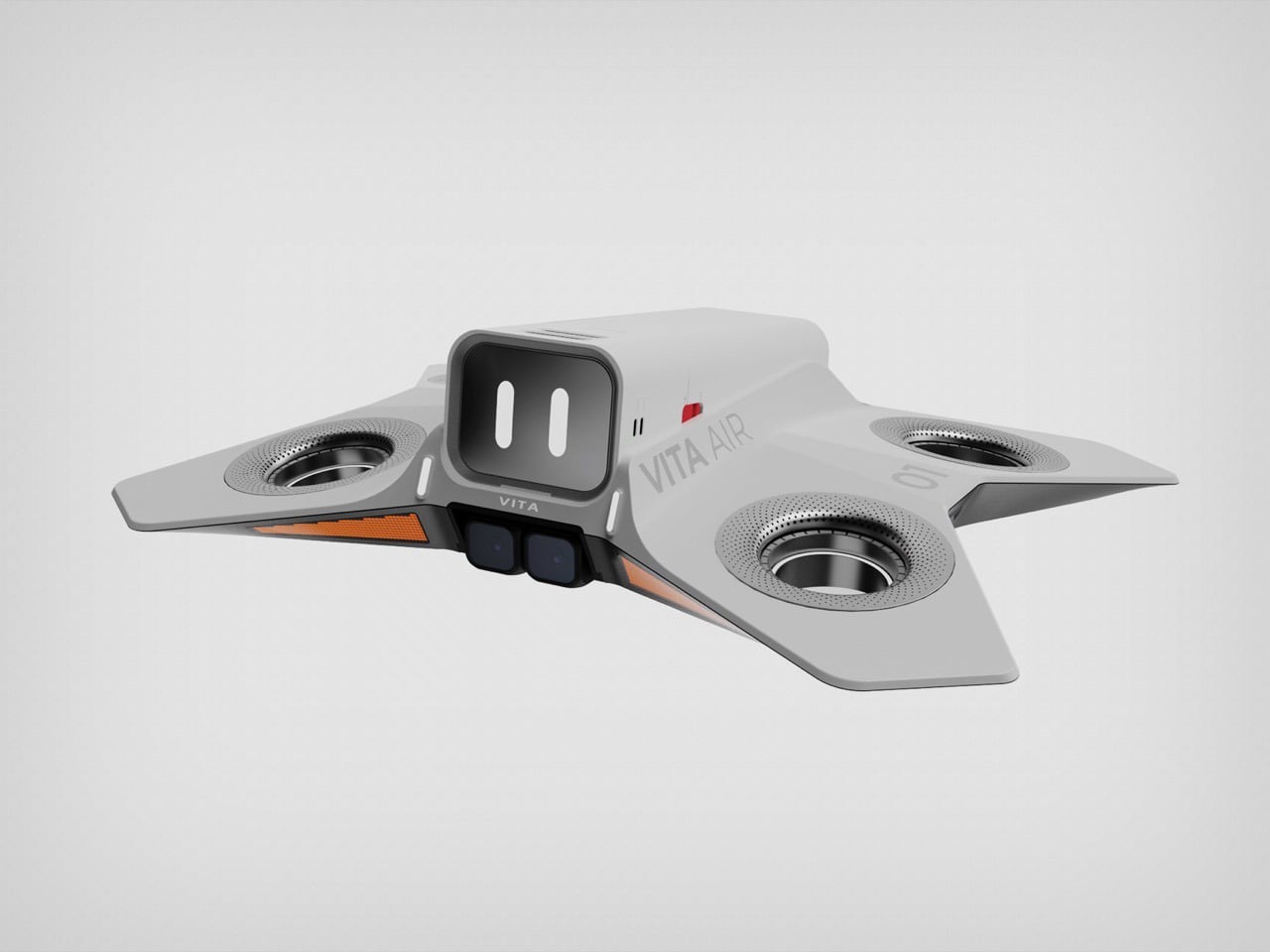
"And that's the whole point. It's literally user-centric, given that this drone was designed as a first-responder aerial unit. If this thing is going to land at a chaotic accident scene, the last thing it should do is add to the panic. The designers clearly thought about the human side of the equation. It's a little detail that tells you everything you need to know about the project's philosophy: this is about making high-tech emergency care feel helpful, not hostile."
"Imagine you're at the scene of an accident; you're disoriented, maybe hurt, and suddenly a machine descends from the sky. If it looks like a weaponized hornet, your instinct (fueled by hundreds of sci-fi movies) is to back away. But if it looks like a helpful little robot from a movie, you're far more likely to approach it. This is functional empathy built right into the industrial design."
"The cleverness doesn't stop at the surface. The design backs up that friendly promise with some serious safety engineering. VITA uses ducted fans instead of the exposed, spinning blades we see on nearly every consumer drone. This is a massive deal. It means you, or a first responder, or even a child, could walk right up to it without the risk of getting seriously injured. In the unpredictable environment of a crash site, where people are moving around and"
VITA is an EMS drone designed as a first-responder aerial unit with a friendly face to reduce panic and encourage approach at chaotic accident scenes. Industrial design emphasizes functional empathy to build instant trust so victims can follow remote paramedic instructions or take life-saving equipment. Safety engineering includes ducted fans rather than exposed spinning blades, enabling close human interaction without serious injury risk. The drone won a Red Dot award and balances approachable aesthetics with practical safety features to operate in unpredictable crash-site environments while minimizing additional stress for victims and first responders.
Read at Yanko Design - Modern Industrial Design News
Unable to calculate read time
Collection
[
|
...
]